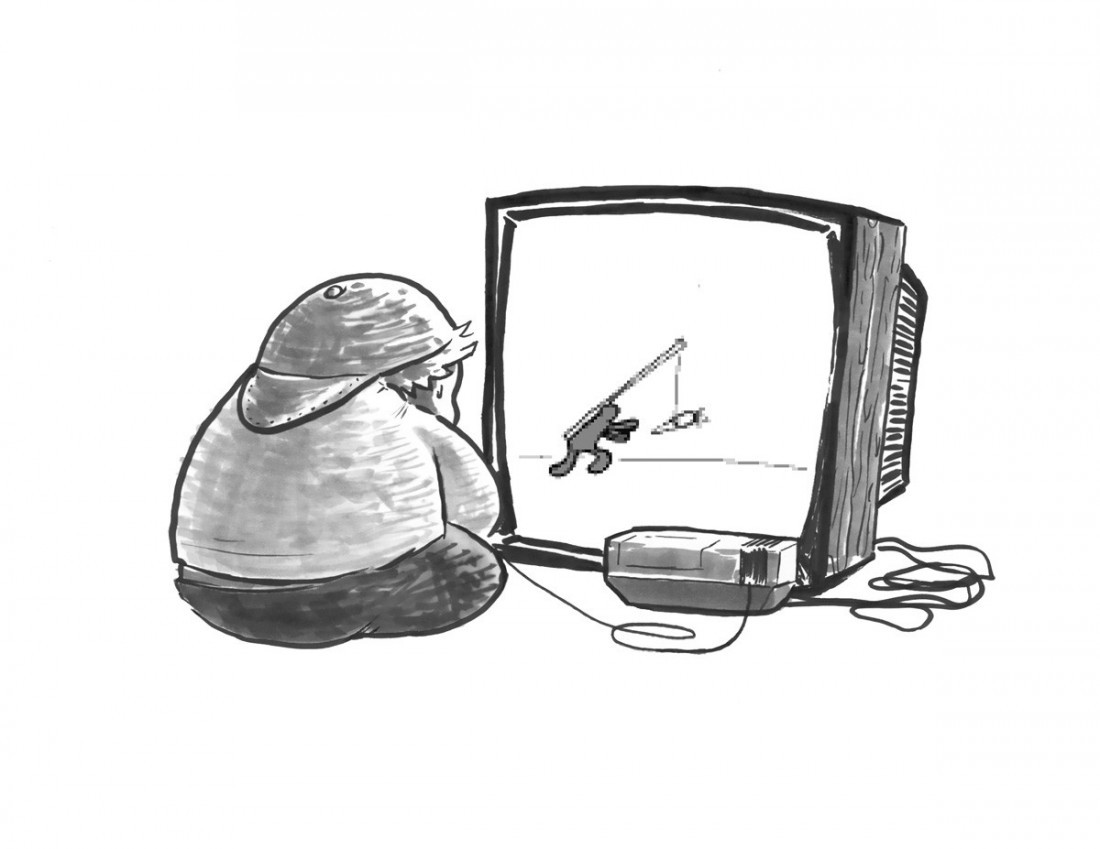Gamification
A breakthrough in engagement or instrument of social control
Have you ever wondered, “what if life were more like a video game?”
Well, some aspects of life are well on their way to becoming more like their virtual counterparts. Since the 70’s video games have been part of the zeitgeist, but recently the concepts that drive game mechanics are seeping into everyday life to the benefit of companies and institutions. But what of the people (or do we call them users)?
Points systems, achievements and leaderboards are all trademarks of modern video games. Now those same concepts are finding applications in education, healthcare, and military.
The theory is known as “gamification” and its proponents extol it as a way to incentivize people into completing tasks that would otherwise be monotonous by making them interactive, fun and rewarding.
It seems to be a response to a society that is increasingly rooted in a virtual world. How do you get people to stare at a textbook when they are used to surrounding themselves with screens? You bring the screens into the classroom and turn the learning into a game. Curriculum has become a set of tasks designed to be completed in order to level up.
The gold star of yesteryear’s classroom has become the trophy of today’s leaderboard.
Some industries are booming as a result. The past couple of years have seen the release of dozens of devices designed to track physical activity and personal health. Companies are making lots of money. But is that translating into a healthier, more active population?
Jeff Watson, assistant professor of Interactive Media and Games at the University of Southern California School of Cinematic Arts deems gamification a wolf in sheep’s clothing. In the online scholarly publication Media Commons, Watson writes:
”This is not a recipe for creating the kinds of creative problem-solvers our civilization needs. This is a recipe for creating rule-followers who are more concerned with optimizing their badge collections than with truly exploring and engaging with the world in which they live.”
Perhaps that is the intended goal.
The military industrial complex was one of the earliest adopters of gamification. Video games, such as America’s Army, have been used as recruitment tools for new soldiers. Pilots have been using virtual reality simulators prior to ever strapping in to a real cockpit, and now covert wars are being fought through drones, proxies controlled remotely from military bases far removed from the actual battlefield.
The latter is the most concerning, as young men raised on games like Call of Duty are being transplanted in front of video screens and put in control of real weapons that are designed to kill real people without really seeing the consequences. It’s just a newer, more immersive video game.
The problem with gamification seems to be that these structures are stifling. The best aspects of games are being ignored in favour of those aspects that can be exploited for the purpose of social control. Are we developing the problem solving skills necessary to think critically? Or are we teaching people to play by the rules, to stay within the defined borders of acceptable performance so that we can get the prize at the end?
Greg Gallinger is a freelance photographer, vegan food enthusiast, a purveyor of half-witted commentary and a reluctant citizen of the global technocracy.
Published in Volume 69, Number 22 of The Uniter (February 25, 2015)








